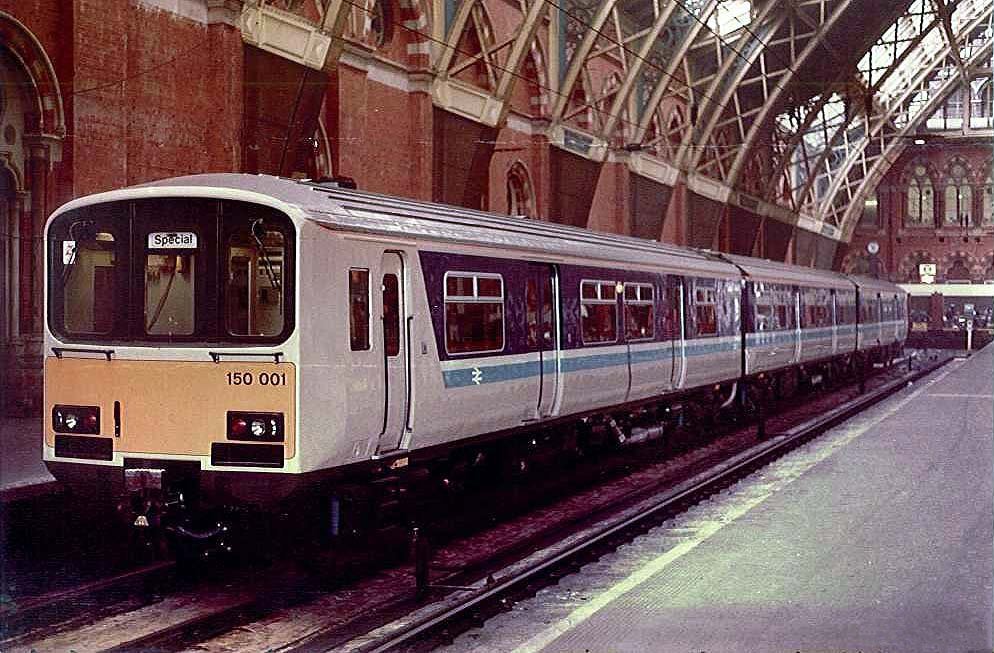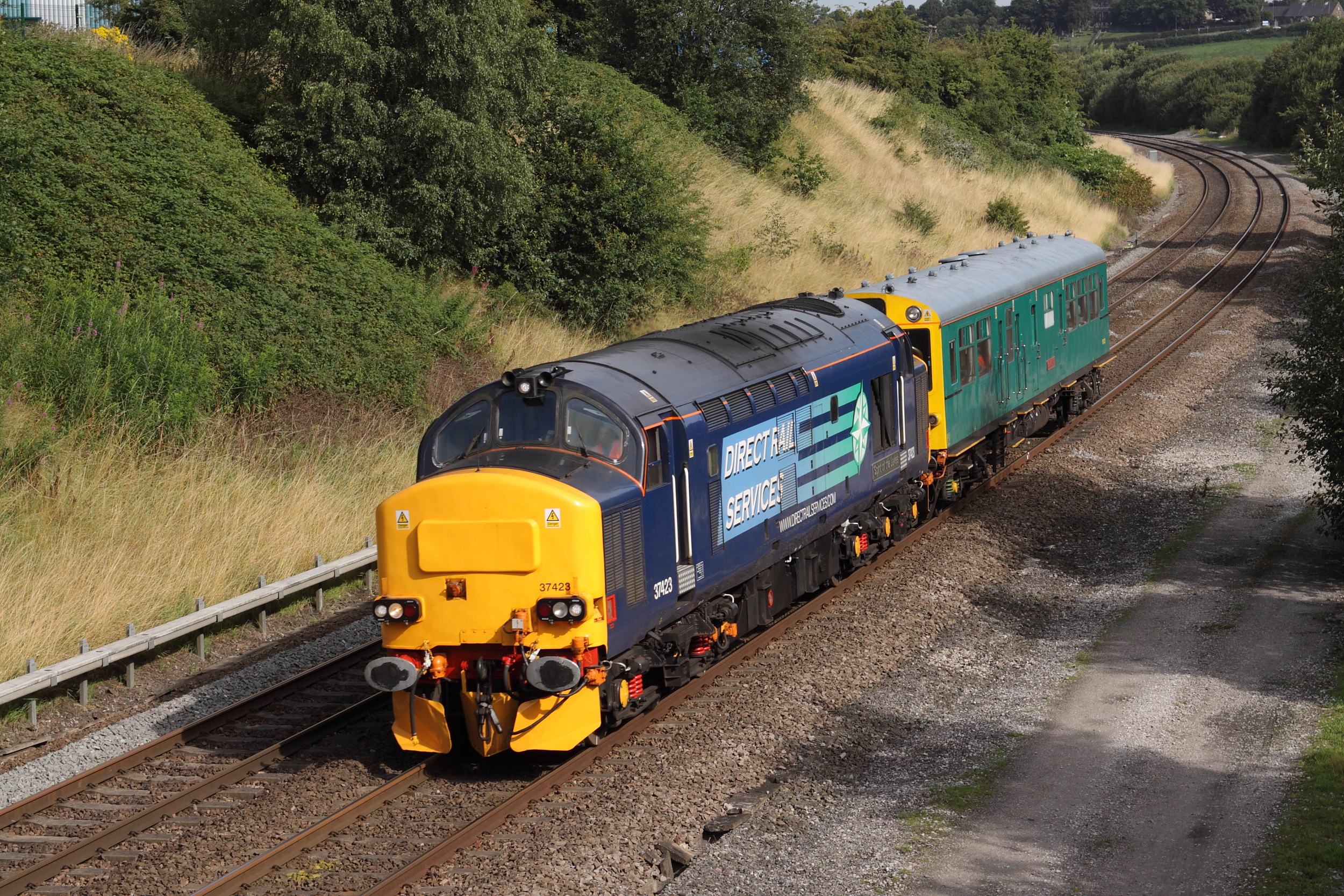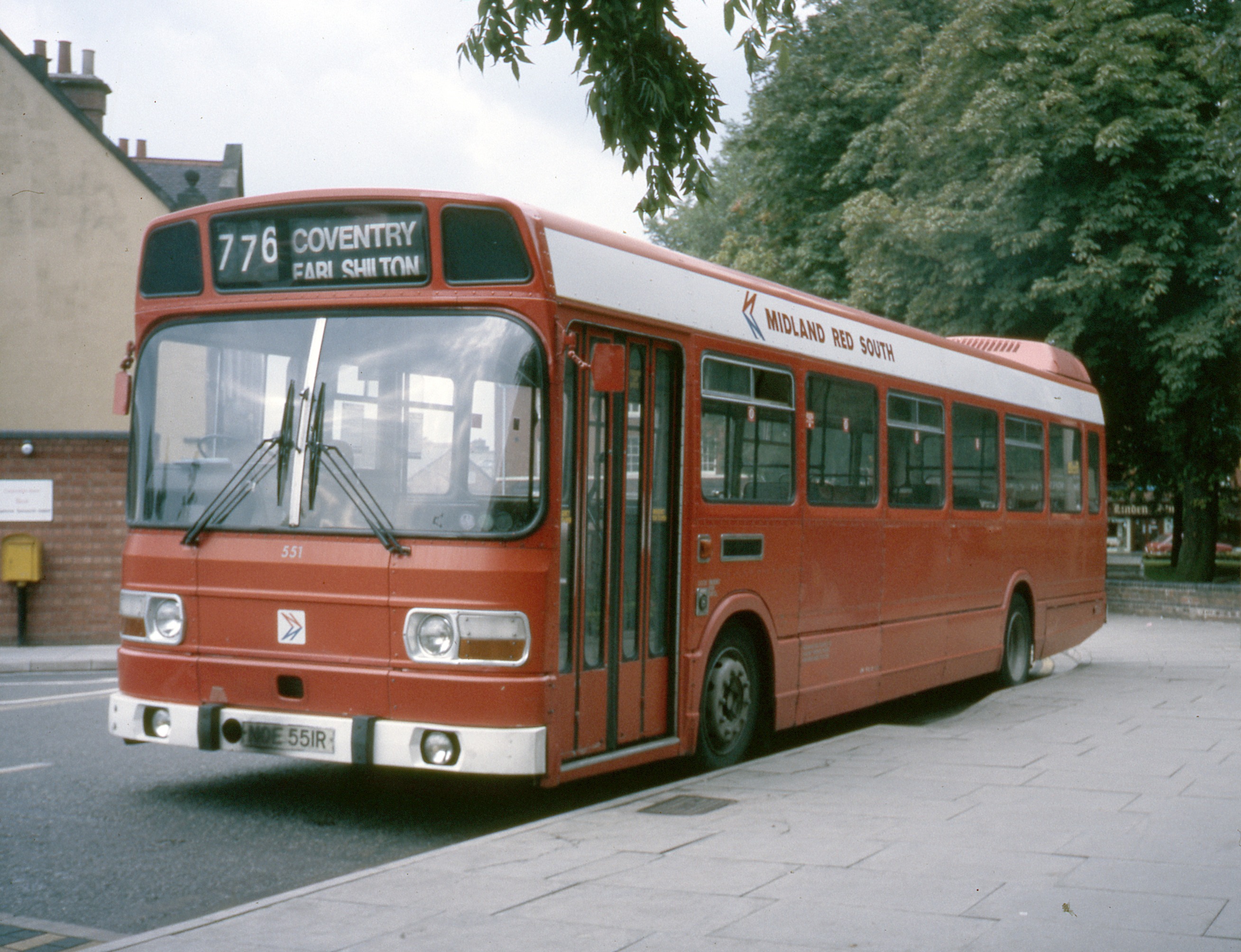|
Exeter TMD
Exeter Traction Maintenance Depot (or Exeter TMD) is a railway Motive power depot, Traction Maintenance Depot situated in Exeter, Devon, United Kingdom and is next to the city's main Exeter St Davids railway station, St Davids station. The depot is operated by Great Western Railway (train operating company), Great Western Railway and has an allocation of diesel multiple units. The first engine shed on the site opened in 1844 and had an allocation of locomotives until 1963. It was rebuilt in 1976 but a larger three-road maintenance building and staff accommodation was opened in 2021. History An engine shed was opened at Exeter by the Bristol and Exeter Railway when it opened the line to here in 1844. A second facility was added a few years later by the South Devon Railway Company, South Devon Railway and the two were combined under the Great Western Railway (GWR) in 1876. The Bristol and Exeter had been worked by the GWR until 1849 but then purchased its own locomotives. Tempora ... [...More Info...] [...Related Items...] OR: [Wikipedia] [Google] [Baidu] |
Exeter
Exeter () is a city in Devon, South West England. It is situated on the River Exe, approximately northeast of Plymouth and southwest of Bristol. In Roman Britain, Exeter was established as the base of Legio II Augusta under the personal command of Vespasian. Exeter became a religious centre in the Middle Ages. Exeter Cathedral, founded in the mid 11th century, became Anglican in the 16th-century English Reformation. Exeter became an affluent centre for the wool trade, although by the First World War the city was in decline. After the Second World War, much of the city centre was rebuilt and is now a centre for education, business and tourism in Devon and Cornwall. It is home to two of the constituent campuses of the University of Exeter: Streatham and St Luke's. The administrative area of Exeter has the status of a non-metropolitan district under the administration of the County Council. It is the county town of Devon and home to the headquarters of Devon County Council. A p ... [...More Info...] [...Related Items...] OR: [Wikipedia] [Google] [Baidu] |
GWR 2301 Class
The Great Western Railway (GWR) 2301 Class or Dean Goods Class is a class of British 0-6-0 steam locomotives. Swindon railway works built 260 of these goods locomotives between 1883 and 1899 to a design of William Dean (engineer), William Dean. The 2301 class broke with previous GWR tradition in having inside frames only and changes were made in the firetube boiler, boiler design during the period that they were being built. The first twenty engines were originally domeless though all were provided with domed boilers in due course. They were numbered 2301–2360 and 2381–2580 (2361–2380 were of the GWR 2361 Class, 2361 class, which were similar visually but had outside frames). Construction Rebuild as 3901 class In 1907, twenty Dean Goods (numbers 2491-2510) were rebuilt as 2-6-2T 'Prairie' tank locos, forming the new GWR 3901 Class, 3901 class numbers 3901-3920. War Service In 1917, 62 engines were taken over by the Railway Operating Division and sent to France. 46 of t ... [...More Info...] [...Related Items...] OR: [Wikipedia] [Google] [Baidu] |
Exmouth Junction
Exmouth Junction is the railway junction where the Exmouth branch line diverges from the London Waterloo to Exeter main line in Exeter, Devon, England. It was for many years the location for one of the largest engine sheds in the former London and South Western Railway. The sidings served the railway's concrete casting factory as well as a goods yard. History The London and South Western Railway (LSWR) opened its main line from to Exeter Queen Street on 19 July 1860, and a branch line from Exeter to on 1 May the following year. The junction of the two lines was from Queen Street, just east of the Blackboy Tunnel. An engine shed was initially provided at Queen Street but as the number of trains serviced grew too many for the cramped site, a new shed was opened at Exmouth Junction in 1887 on land to the north of the main line. It was rebuilt in brick and concrete in the 1920s by the Southern Railway (SR, which had taken over the LSWR in 1923), and at its peak in the pe ... [...More Info...] [...Related Items...] OR: [Wikipedia] [Google] [Baidu] |
Networker (train)
The Networker is a family of passenger trains which operate on the UK railway system. They were built in the late 1980s and early 1990s by British Rail Engineering Limited (which became part of ABB in September 1992) and Metro Cammell. The trains were built for the Network SouthEast (NSE) sector of British Rail, which is where their name comes from. They are all multiple-unit trains. History At the launch of Network SouthEast in 1986, the 'Networker' was announced. It would be a new family of trains, part of NSE's plan to modernise their network and replace older, often slam-door trains. Unlike previous contemporary rolling stock units in Britain, Networker trains would use aluminium bodies to save weight, with some units featuring modern AC traction motors and air conditioning. The design was supposed to cover all requirements for future NSE multiple units, including new routes like the Channel Tunnel Rail Link. NSE planned a rolling programme of train replacement, orderi ... [...More Info...] [...Related Items...] OR: [Wikipedia] [Google] [Baidu] |
Bristol To Taunton Line
Bristol () is a city, ceremonial county and unitary authority in England. Situated on the River Avon, it is bordered by the ceremonial counties of Gloucestershire to the north and Somerset to the south. Bristol is the most populous city in South West England. The wider Bristol Built-up Area is the eleventh most populous urban area in the United Kingdom. Iron Age hillforts and Roman villas were built near the confluence of the rivers Frome and Avon. Around the beginning of the 11th century, the settlement was known as (Old English: 'the place at the bridge'). Bristol received a royal charter in 1155 and was historically divided between Gloucestershire and Somerset until 1373 when it became a county corporate. From the 13th to the 18th century, Bristol was among the top three English cities, after London, in tax receipts. A major port, Bristol was a starting place for early voyages of exploration to the New World. On a ship out of Bristol in 1497, John Cabot, a Venetian, b ... [...More Info...] [...Related Items...] OR: [Wikipedia] [Google] [Baidu] |
St Philip's Marsh Depot
St Philip's Marsh depot is a railway depot located in the St Philip's Marsh district of Bristol, England. It was established as a steam locomotive shed in 1910 but this facility closed in the 1960s. A new diesel facility opened nearby at Marsh Junction in 1959). This has since been combined with a new shed which was opened in 1976 to maintain new InterCity 125 trainsets. History St. Phillip's Marsh steam shed was the western terminus for the Great Western Railway (GWR) from London Paddington. The initial small locomotive service facilities expanded as other railway lines were opened. After the GWR absorbed the Bristol and Exeter Railway in 1876, the latter's workshops at Bristol Bath Road, which were adjacent to Temple Meads station, became the principal GWR locomotive repair and maintenance facility in the area. In July 1910 a new shed was opened at St Philip's Marsh alongside a line which allowed through trains to avoid going through Bristol Temple Meads station. This n ... [...More Info...] [...Related Items...] OR: [Wikipedia] [Google] [Baidu] |
London Midland
London Midland was a train operating company in England which operated the West Midlands franchise between 11 November 2007 and 10 December 2017. It was owned by the British transport group Govia. London Midland was created as a result of Govia being awarded the West Midlands franchise on 22 June 2007. This franchise had emerged out of a reorganisation conducted by the Department for Transport, which had combined elements of the Silverlink and Central Trains operations together. London Midland had various commitments to fulfil during the franchise period, including the procurement of at least 37 new multiple units, the introduction of a semi-fast service between London and Crewe, and to invest at least £11.5m into stations. Early rolling stock orders totalled 66 new trains, including two Class 139 ''Parry People Movers'', 12 two-car and 15 three-car Class 172 ''Turbostars'' and 37 four-car Class 350/2 ''Desiros''. Further orders and reorganisations of rolling stock would occ ... [...More Info...] [...Related Items...] OR: [Wikipedia] [Google] [Baidu] |
British Rail Class 150
The British Rail Class 150 ''Sprinter'' is a class of diesel multiple unit passenger trains; they were developed and constructed by BREL York between 1984 and 1987 for use on regional services across the UK. The type is a second-generation design, built to more modern standards and based on BR's Mark 3 body design for longer-distance services. It was developed alongside the lower-cost ''Pacers'', which were built using bus parts, for use on short-distance services. Two prototype units were built, followed by 135 production units in two batches. Subsequently, further members of the Sprinter family were also developed and introduced to service, including the Class 155, Class 156, Class 158 and Class 159. Background By the beginning of the 1980s, British Rail (BR) was operating a large fleet of first-generation DMUs of various designs. While formulating its long-term strategy for this sector of its operations, BR planners recognised that there would be considerable costs ... [...More Info...] [...Related Items...] OR: [Wikipedia] [Google] [Baidu] |
Northern Rail
Northern Rail, branded as Northern, was an English train operating company owned by Serco-Abellio that operated the Northern Rail franchise from 2004 until 2016. It was the primary passenger train operator in Northern England, and operated the most stations of any train operating company in the United Kingdom. Northern Rail was replaced on 1 April 2016 by Arriva Rail North. History In 2000 the Strategic Rail Authority announced that it planned to reorganise the North West Regional Railways and Regional Railways North East franchises operated by First North Western and Arriva Trains Northern. A TransPennine Express franchise would be created for the long-distance regional services, with the remaining services to be operated by a new Northern Rail franchise. On 1 July 2004 the Strategic Rail Authority awarded the franchise to Serco-NedRailways, beating FirstGroup. The franchise was awarded for six years and nine months, with a two-year extension subject to performance target ... [...More Info...] [...Related Items...] OR: [Wikipedia] [Google] [Baidu] |
Pacer (British Rail)
Pacer was the operational name of the British Rail Classes 140, 141, 142, 143 and 144 diesel multiple unit railbuses, built between 1980 and 1987. They were inexpensively developed using a passenger body based on the Leyland National bus on top of a chassis based on the HSFV1 research vehicle. The railbuses were intended as a short-term solution to a shortage of rolling stock, with a lifespan of no more than 20 years. As modernised replacements were lacking, the Pacer fleet remained in service on some lines until 2021 37 years after their introduction in 1984. All Pacer trains were scheduled to be retired by the end of 2019 as the Rail Vehicle Accessibility Regulations require that all public passenger trains must be accessible to disabled people by 2020 however the Pacer units were given dispensation until the end of 2020. Only one Pacer (the modernised 144e) met this requirement, and the remainder were therefore planned to be withdrawn by that date. Furthermore, a decision ... [...More Info...] [...Related Items...] OR: [Wikipedia] [Google] [Baidu] |
Diesel Multiple Units
A diesel multiple unit or DMU is a multiple-unit train powered by on-board diesel engines. A DMU requires no separate locomotive, as the engines are incorporated into one or more of the carriages. Diesel-powered single-unit railcars are also generally classed as DMUs. Diesel-powered units may be further classified by their transmission type: diesel–mechanical DMMU, diesel–hydraulic DHMU, or diesel–electric DEMU. Design The diesel engine may be located above the frame in an engine bay or under the floor. Driving controls can be at both ends, on one end, or in a separate car. Types by transmission DMUs are usually classified by the method of transmitting motive power to their wheels. Diesel–mechanical In a diesel–mechanical multiple unit (DMMU), the rotating energy of the engine is transmitted via a gearbox and driveshaft directly to the wheels of the train, like a car. The transmissions can be shifted manually by the driver, as in the great majority of first-gener ... [...More Info...] [...Related Items...] OR: [Wikipedia] [Google] [Baidu] |
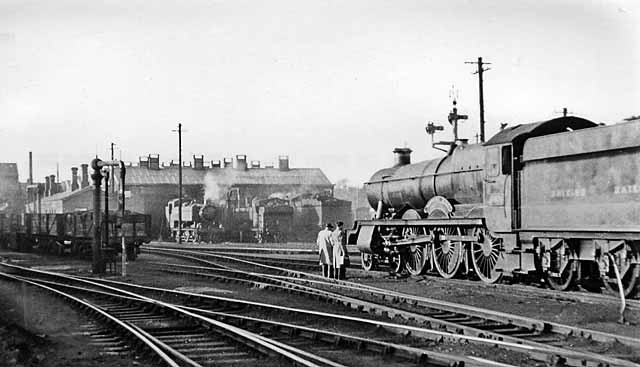

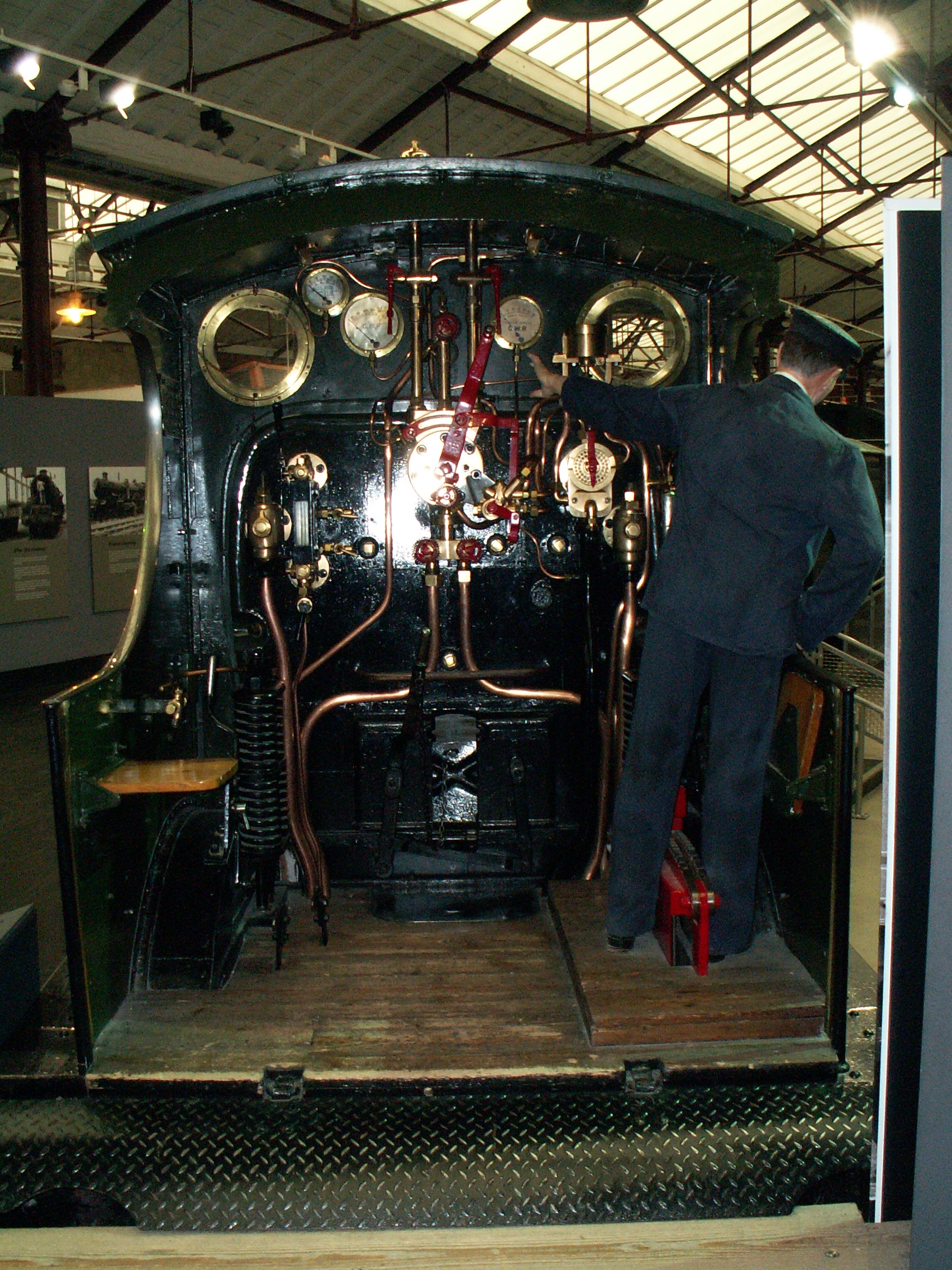

.jpg)
